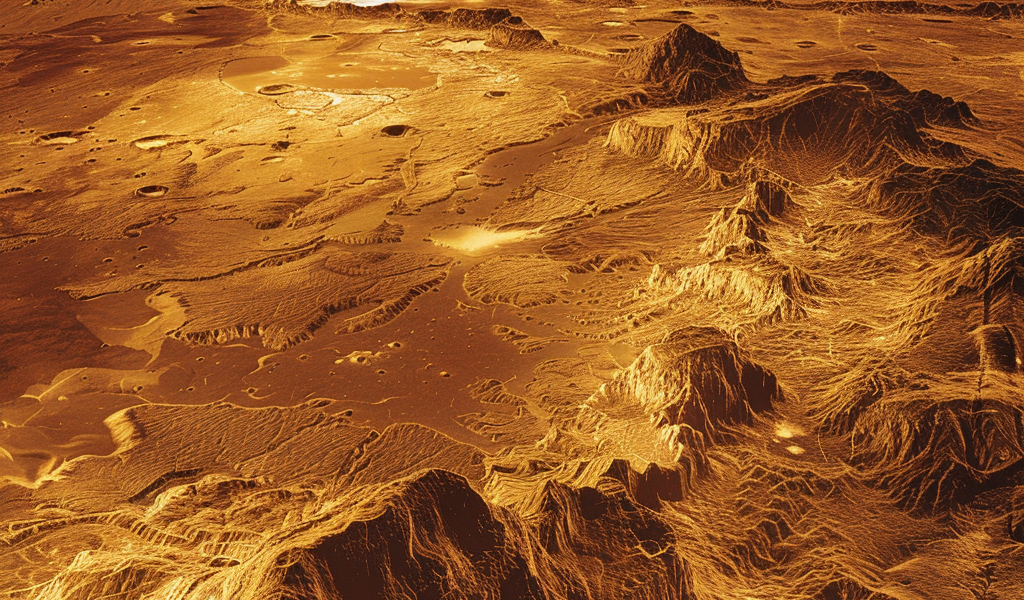Recent findings by researchers have unveiled compelling evidence of ongoing volcanic activity on Venus, shedding light on the geological dynamics of Earth’s neighboring planet. The study, conducted by Davide Sulcanese, Giuseppe Mitri, and Marco Mastrogiuseppe, published in Nature Astronomy, showcases the significant alterations Venus’ surface has undergone due to volcanic eruptions over its history.
One of the most intriguing discoveries is the indication of volcanic activity as recent as 2.5 million years ago, with changes in the surface morphology of a volcanic vent hinting at potential ongoing volcanic processes. To delve deeper into the evolution of Venus’ surface, researchers compared radar images captured by the Magellan spacecraft between 1990 and 1992.
The analysis revealed variations in radar backscatter from volcanic-related flow features on the western flank of Sif Mons and in western Niobe Planitia. These variations are believed to be evidence of new lava flows associated with volcanic activities that occurred during the Magellan spacecraft’s mapping mission.
This new evidence supports the notion of Venus being currently geologically active, challenging previous perceptions of the planet’s dormant nature. The study opens up avenues for further exploration and understanding of the volcanic processes shaping Venus’ landscape.





